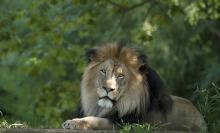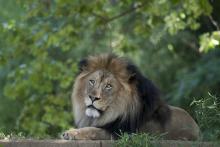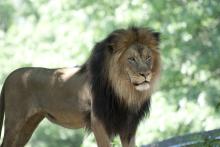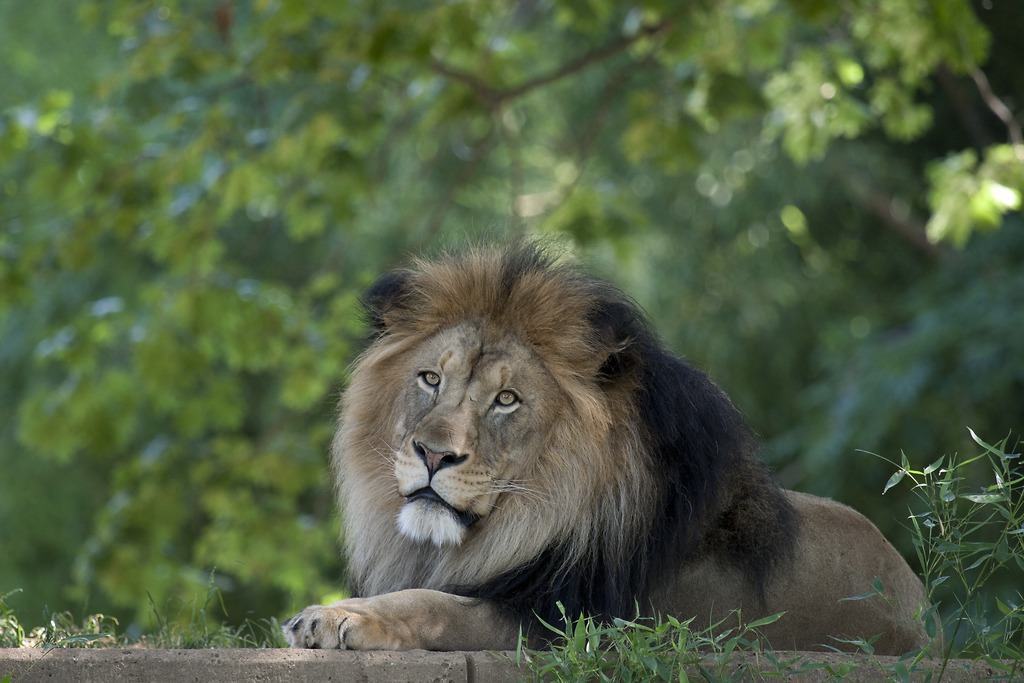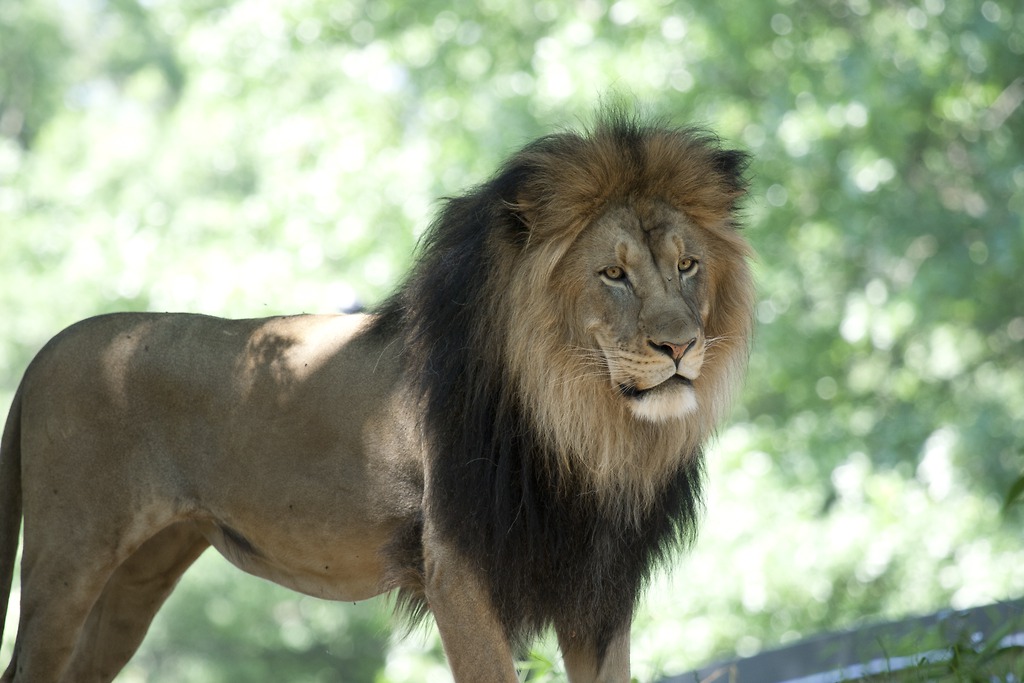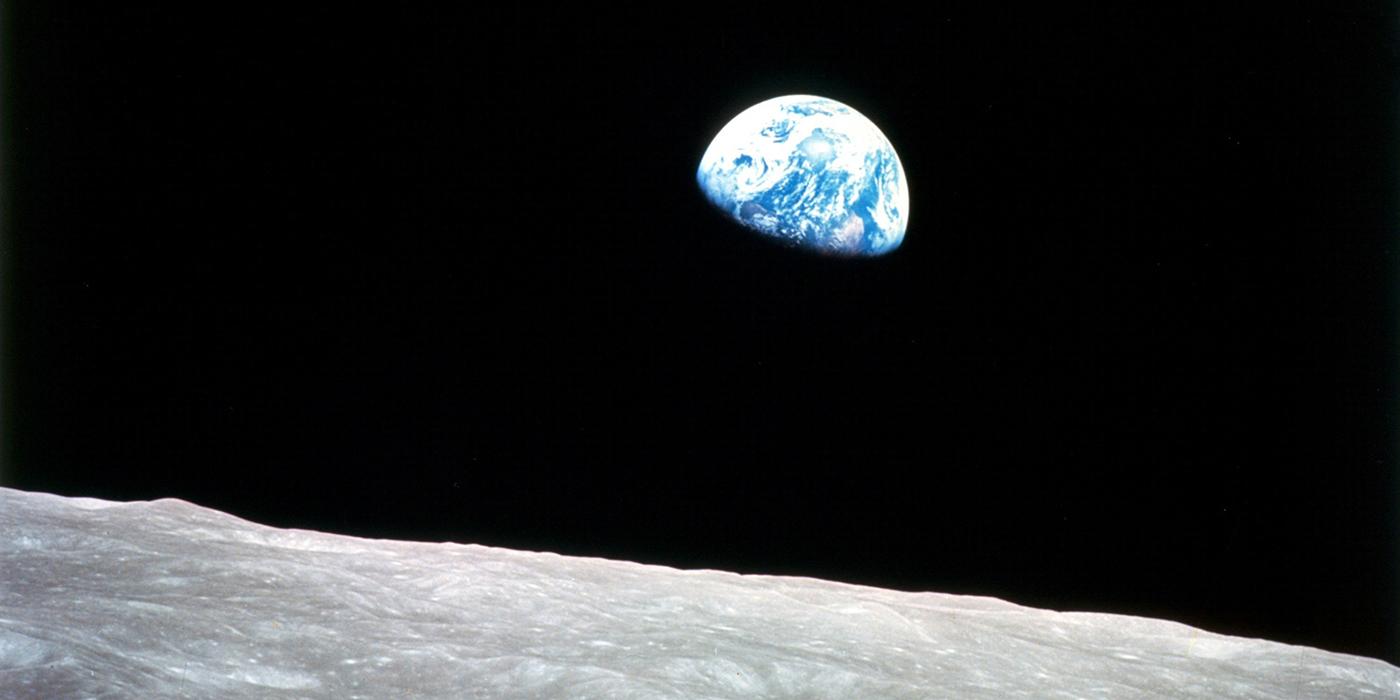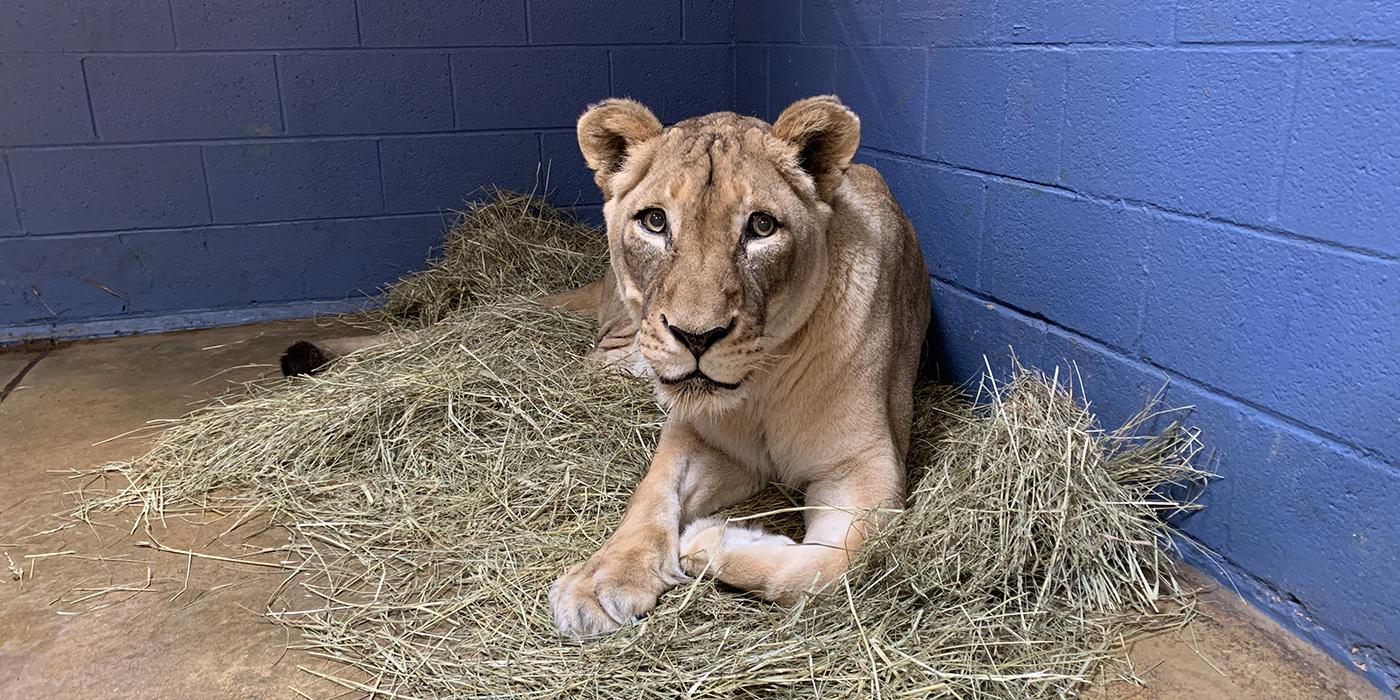Male African Lions in Human Care Hit Puberty Earlier Than in the Wild
Nutrition May Be Behind the Difference
Lion cubs grow up fast, and even faster in zoos. In a long-term study, scientists at the Smithsonian Conservation Biology Institute (SCBI) found male African lions living in human care hit puberty a full year earlier than their counterparts in the wild. The results were published today, July 3, in PLOS ONE. As the population of lions in the wild continues to shrink due to habitat loss, conflict with humans and disease, knowing exactly when male lions reach puberty and are capable of breeding is important for conserving the species.
“There is so little known about lion reproductive physiology, especially the males, so this study provides exciting new evidence on how wild and captive lions differ and how nutrition and other factors may affect them,” said Budhan Pukazhenthi, coauthor of the paper and biologist at SCBI.
Researchers studied 21 male lions from 17 zoos and monitored their fecal and urinary testosterone metabolites along with their body weights. In the wild, male lions start experiencing a rise in testosterone at approximately 2 years old, which signals that the male is becoming sexually mature and it is time for him to leave the pride and search for mates. Male zoo lions start producing the hormone around 1 year old, a full year before wild males. Researchers confirmed that the males had reached puberty by looking for sperm in the urine, which was also present starting around 1 year old. Despite reaching puberty earlier, many zoo-born male lions live with the pride they were born into until they are approximately 3 years old. The research shows that zoos should consider separating male lions from their birth prides at an earlier age and pair them with unrelated females to establish their own prides.
“This research could have a significant impact on how lions are managed in human care,” said Craig Saffoe, coauthor of the paper and curator of Great Cats at the Smithsonian’s National Zoo. “Having this level of insight into the onset of puberty may enable husbandry managers to more effectively decide on the appropriate timing of introducing animals. This could lead to lions breeding at an earlier age and increasing the number of potentially successful breeding opportunities for individual animals—especially females.”
The authors speculate that one reason why male lions living in zoos are hitting puberty earlier is because they are growing and gaining weight faster. Wild cubs often go through long periods without food, especially after they are weaned and must transition to eating meat. However, young males are still dependent on the adults in the pride to hunt and bring them food. Those long periods without food can slow the pace they grow and is one of the most perilous times for a cub. By contrast, lion cubs born in zoos have a constant supply of nutritious food and are not dependent on their parents to hunt for it. They gain on average 7.3 kilos per month until they are 2 years old, whereas wild cubs in Kruger National Park in South Africa gain only about 3.9 kilos per month until they are about 2 years old.
There are about 20,000 lions living in Africa and their numbers have declined by 30% in the past decade. Their habitats are increasingly fragmented and isolated, putting the species at risk of becoming inbred in the wild and susceptible to disease. There are 750 lions living in zoos around the world and breeding those lions to create a genetically healthy population in human care is increasingly important for the survival of the species as a whole.
“This information will help the African Lion Species Survival Plan build a healthy population of lions living in zoos so the species will never go extinct,” said Janine Brown, coauthor of the paper and endocrinologist at SCBI.
Additional authors on the paper include Sarah Putman at the Smithsonian Conservation Biology Institute and Ashley Franklin at the Association of Zoos and Aquariums.
The Smithsonian Conservation Biology Institute plays a leading role in the Smithsonian’s global efforts to save wildlife species from extinction and train future generations of conservationists. SCBI spearheads research programs at its headquarters in Front Royal, Virginia, the Smithsonian’s National Zoo in Washington, D.C., and at field research stations and training sites worldwide. SCBI scientists tackle some of today’s most complex conservation challenges by applying and sharing what they learn about animal behavior and reproduction, ecology, genetics, migration and conservation sustainability.
Related Species:
Image Gallery
